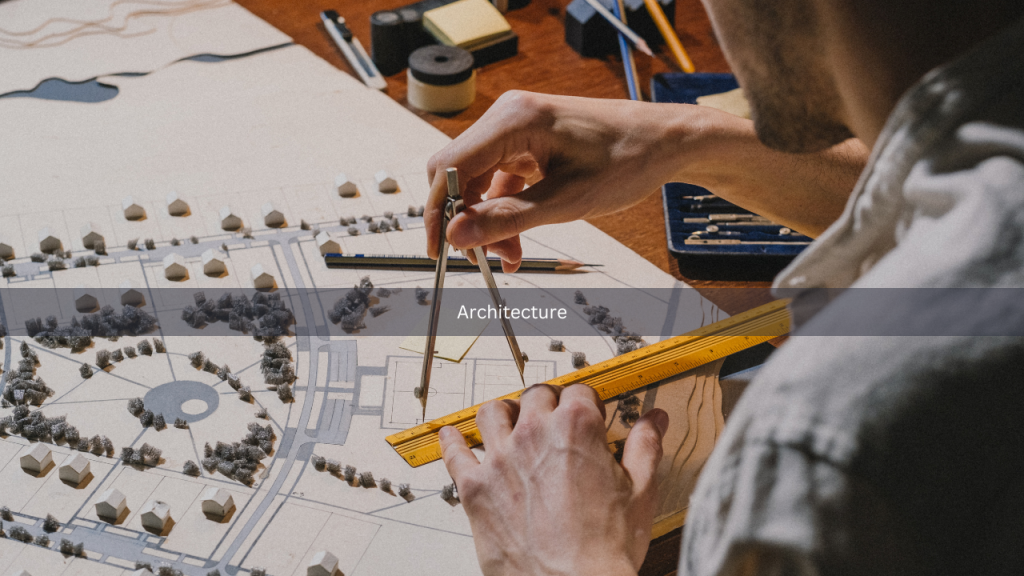
Architecture, an art and science of designing spaces that shape our environments and experiences, is often celebrated for its creativity and innovation. However, beneath the glossy facade of award-winning buildings and cutting-edge designs lies a sobering reality: addiction is a significant issue among architects. This paradox, where the very profession that constructs spaces for others often battles internal demons, reveals a complex interplay between stress, creativity, and mental health.
The architectural profession is notoriously demanding. Architects frequently grapple with tight deadlines, high client expectations, and the relentless pressure to balance aesthetic vision with practical constraints. The nature of the job often leads to long hours and high stress, which can create fertile ground for addiction. Substance abuse, including alcohol and drugs, can sometimes become a coping mechanism for dealing with the relentless pressure and emotional strain of the profession.
One major factor contributing to addiction in architecture is the intense stress associated with the job. Architects are often responsible for overseeing large-scale projects from conception to completion, a process that can span several years and involve numerous stakeholders. The weight of responsibility, coupled with the need for constant innovation and problem-solving, can lead to chronic stress. Over time, this stress can erode mental health and lead to unhealthy coping strategies, such as substance abuse.
Additionally, the culture within the architecture profession can inadvertently encourage high-risk behaviors. The competitive nature of the field often promotes a “work hard, play hard” mentality, where long hours and frequent social events are the norm. This environment can normalize excessive drinking and other substance use as a way to unwind after stressful days or celebrate professional achievements. As a result, addiction can become a hidden but prevalent issue, with many struggling in silence due to stigma or fear of jeopardizing their careers.
Moreover, the creative demands of architecture may also play a role in the prevalence of addiction. Creativity often involves exploring intense emotional states and pushing boundaries, which can be both exhilarating and exhausting. For some architects, the highs of creative success can be followed by lows that lead to substance abuse as a way to manage emotional fluctuations. The pursuit of perfection and the constant drive to innovate can create a cycle of highs and lows that exacerbate mental health issues.
The consequences of addiction in the architecture profession are severe and multifaceted. Personal health is obviously at risk, but addiction can also impact professional performance. Architects struggling with addiction may experience decreased productivity, compromised judgment, and strained professional relationships. The quality of their work can suffer, and their reputation within the industry can be damaged.
Addressing addiction in the architecture profession requires a multifaceted approach. Creating a supportive work environment that prioritizes mental health and work-life balance is crucial. Employers and professional organizations can play a significant role by offering resources such as counseling services, mental health days, and substance abuse programs. Additionally, fostering a culture of openness and support can help break down the stigma associated with addiction, encouraging those who are struggling to seek help.
In conclusion, while architecture is a field that shapes the world around us, it is also a profession fraught with personal challenges. The high-stress nature of the job, coupled with a culture that can inadvertently promote substance use, makes addiction a hidden struggle for many architects. By acknowledging these challenges and taking proactive steps to support mental health, the architecture profession can work towards a future where the creators of our spaces are not only innovative but also healthy and resilient.